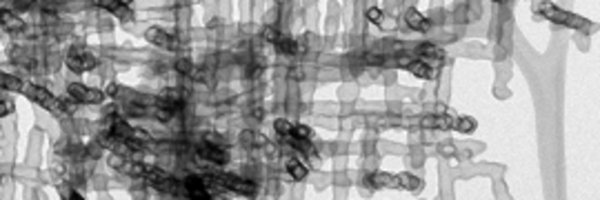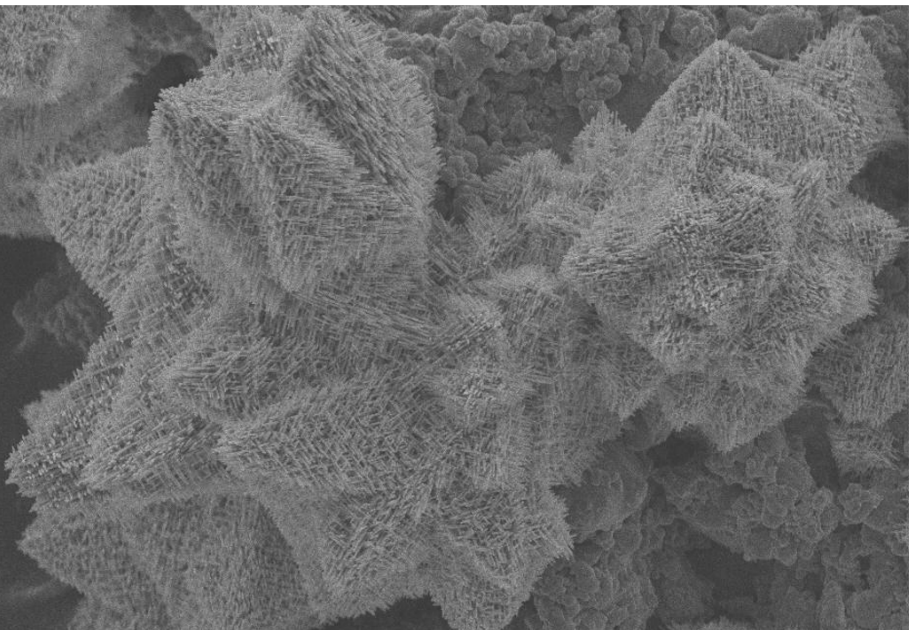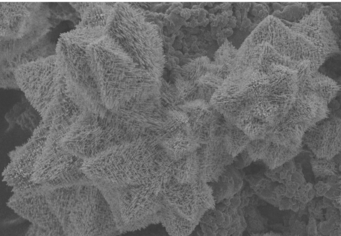
Silica-based nanotubes and their 3D assembly
The potential applications of silica nanotubes (SNT) are various including gas storage, drug delivery and catalysis to name only a few. In this project, we focus on the study of silica-based nanotubes (SBNTs) which tend to assemble to 3D mesostructures. The structural and chemical compositions of these networks as well as their internal morphology are investigated by transmission electron microscopy (TEM) techniques with a main focus on electron energy loss spectroscopy (EELS).
Amorphous silica nanotubes (SNT) are of great interest for potential applications such as gas storage, drug-/gene-delivery, sensing, catalysis, and nanofiltration. The synthesis of SNTs always comprehends templates and/or precursors as structure directing agent.
We achieved to synthesize amorphous silica-based nanotubes (SBNTs) with an elemental composition comprising silicon, phosphorus, oxygen and nitrogen by solid-state chemistry without adding any template or precursor.

The SBNTs tend to assemble to 3D mesostructures. With changing synthesis temperature the length and diameter of the SBNTs can be tuned and thereby the morphology of the 3D assemblies. We are interested in the structural and chemical composition of these networks as well as in their internal morphology as they may have the potential to act as molecular filters or nanofilters for separation or purification processes. Furthermore, we found that the SBNTs are more stable at high pH values compared to SNTs.
The SBNTs are investigated via transmission electron microscopy (TEM) and its analytical techniques. To gain information about the internal morphology of the networks and the connectivity of the SBNTs electron tomography and focused ion beam (FIB) cross sectioning are used. The main focus of this research is related to electron energy loss spectroscopy (EELS) to determine the structural, chemical and bonding behavior of the SBNTs.
